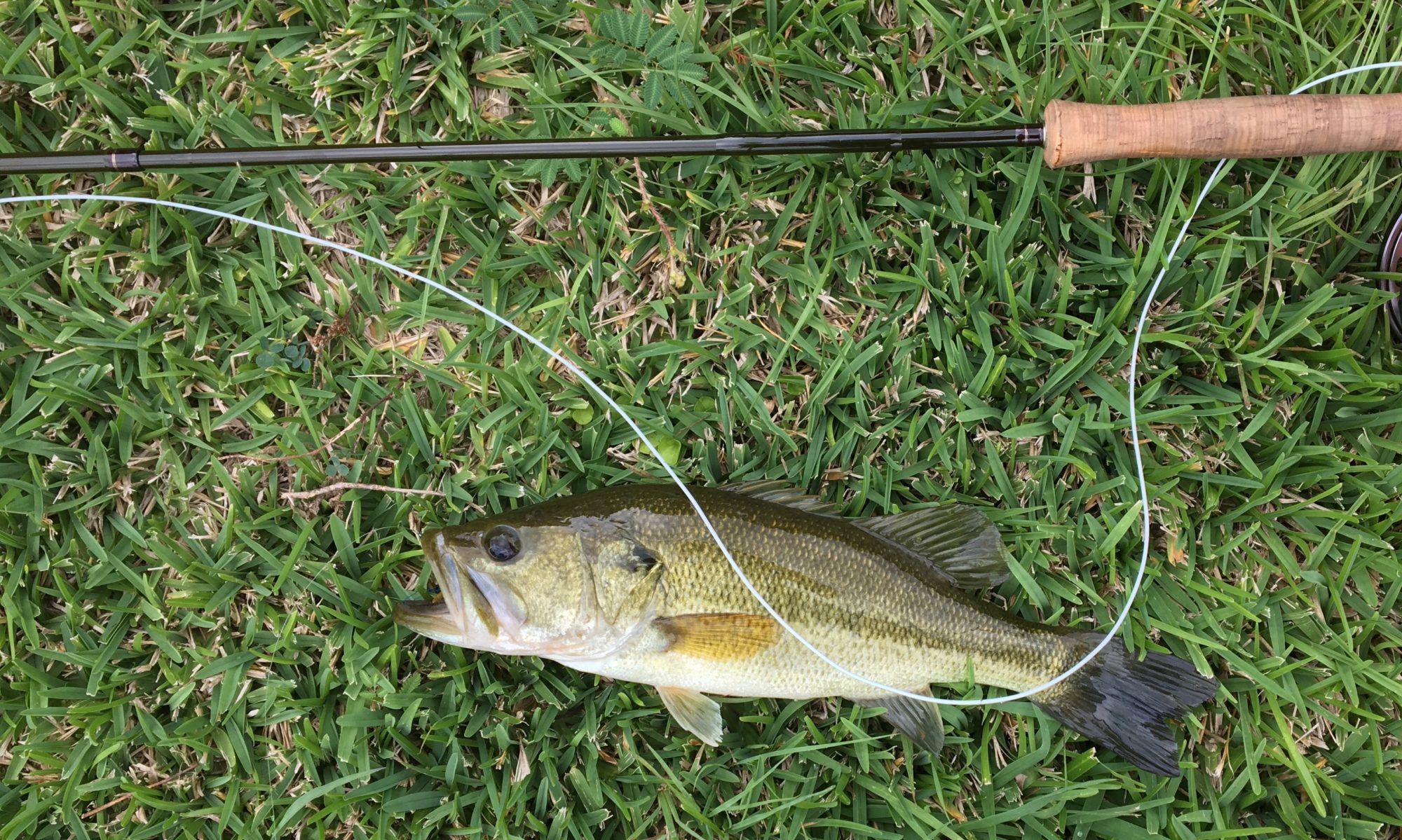Chinook Salmon, U.S. Fish & Wildlife Service.
Once at Whole Foods I asked for salmon, and the fishmonger pointed out steelhead. I said steelhead aren’t salmon. He said yes they are. I said no they aren’t they’re trout and he said no, that wee little pale-fleshed thing over yonder is trout and that mighty steelhead right there is salmon. Things went on like that until I gave up, knowing full well I was right and he was wrong, but here’s the thing: I wasn’t right either. People more knowledgeable than me, people with their masters in science, often refer to steelhead (and sea-run cutthroats) as salmon.
Pacific salmon are genus Oncorhynchus, and depending on who you talk to Northwest Pacific salmon includes five major species, excluding Steelhead and sea-run cutthroats, or seven major species, including steelhead and sea-run cutthroat trout. To make matters more confusing the Northwest Pacific salmon species, five or seven, are not that closely related to the Atlantic salmon, Salmo salar: Different genus, different species. Resident rainbows (which are never referred to as salmon), are Oncorhynchus mykiss, which of course is the same genus and species as steelhead. And the same genus as Pacific salmon . . .

Ocean Steelhead, U.S. Fish & Wildlife Service
It’s all very confusing, and to confuse things more there is also an Asian Pacific salmon species,Oncorhynchus masou. It’s been suggested that steelhead should be called Pacific trout, not Pacific salmon, because they can survive a spawning run and return to spawn again. Ok. That’ll sure clear things up, particularly since Atlantic salmon can also survive a spawning run and return to spawn again. Maybe steelhead should be called Pacific Atlantics.
The fly-fishing literature suffers the same confusion, but in reverse. It doesn’t ever call steelhead salmon, but it clearly distinguishes between steelhead and resident rainbows. No angler would ever say “I’m fishing for trout!” when the angler was fishing for steelhead. No flytier would say “I’m tying up a bunch of intruders for trout!” For the fly fisher, trout and steelhead are day and night, night and day. Sort of. Anglers know that steelhead and rainbows are more or less the same, but they’ll never admit it. Steelhead are glamorous, and in comparison, even rainbows are not.

Spawning Steelhead, U.S. Fish & Wildlife Service.
Steelhead, like their kinfolk salmon, are that holiest of fly-fishing prey, an anadromous fish. That’s what makes steelhead different from the run-of-the-mill resident rainbow. You think permit are special? Tarpon? They ain’t in it. Oh sure, Ted Williams was proud of his 1000 bonefish and his 1000 tarpon, but it was his 1000 Atlantic salmon that were his first love. To heck with all that saltwater stuff. It’s anadromous fish plucked from a river that get the heart racing. It’s the best of both worlds.
Anadromous. Steelhead (like resident rainbows) hatch in the spring or early summer in the gravel of freshwater rivers, and then (unlike resident rainbows) work their way to the ocean. The steelhead’s genetic sibling, the resident rainbow, might reach five pounds. The ocean-dwelling steelhead, growing huge on ocean shrimp and baitfish, might reach 20 pounds. After two or three years of growing larger than inland rainbows, steelhead get romantic notions and go home to party. After spawning, salmon die. Steelhead don’t. Theoretically the same steelhead may make the ocean/river spawning trek several times, though only about 10 percent of the population survives for return trips. Of course instead of heading back to the ocean steelhead sometimes hang out in their home river and become resident rainbows. It’s a lifestyle thing.

Sockeye Salmon, U.S. Fish & Wildlife Service
The biggest differences between steelhead and the other five salmon, other than the whole sex and death business, is that steelhead feed in freshwater, unless of course they’re winter steelhead and then they don’t eat much. Steelhead also don’t run the river and spawn in one swift motion, unless of course they’re winter steelhead and then they don’t dawdle. Steelhead may (or may not) take their time, but those five-species salmon stop feeding when they start their spawning run, and they all move in and move up. Then the salmon, the five-species salmon, don’t ever go back to the ocean. Who hasn’t marveled at that tragedy? And what fly fisher isn’t a bit repulsed by the notion of a flesh fly?
So there are two distinct runs of steelhead. There’s the summer steelhead, the fish we’ll be fishing for in a bit more than a week. They’re smaller than the winter steelhead, they need a bit of time before they’re ready to spawn, and they feed in freshwater. They start showing up in rivers in May for the next spring’s spawn, and continue to come into the rivers through October. They then hang out getting ready for the next spring spawn. I suppose that along about Halloween the summer steelhead by general accord stop and let the winter steelhead begin. Things are always precise in nature.
I have a mental image of the Oregon winter steelheader standing in the sleet and snow, spey-casting to a fish that isn’t interested. “During the winter I only work two days a week,” my imaginary steelheader tells me, “so I fished for 67 days last year and landed three fish. It was my best season ever.” He has a steelhead tattoo, and another of an intruder. He doesn’t know that the Astros won the World Series.

Pink Salmon, U.S. Fish and Wildlife Service.
The winter steelhead have the same ultimate goal as the summer steelhead, but they’re bigger fish, physically ready to spawn, and they’re not lollygagging in the summer pools eating caddis or whatever. They have to be provoked into yelling the salmonic equivalent of get off my lawn.
That guy? That Oregon winter steelheader? Don’t tell him, but he’s salmon fishing.
























